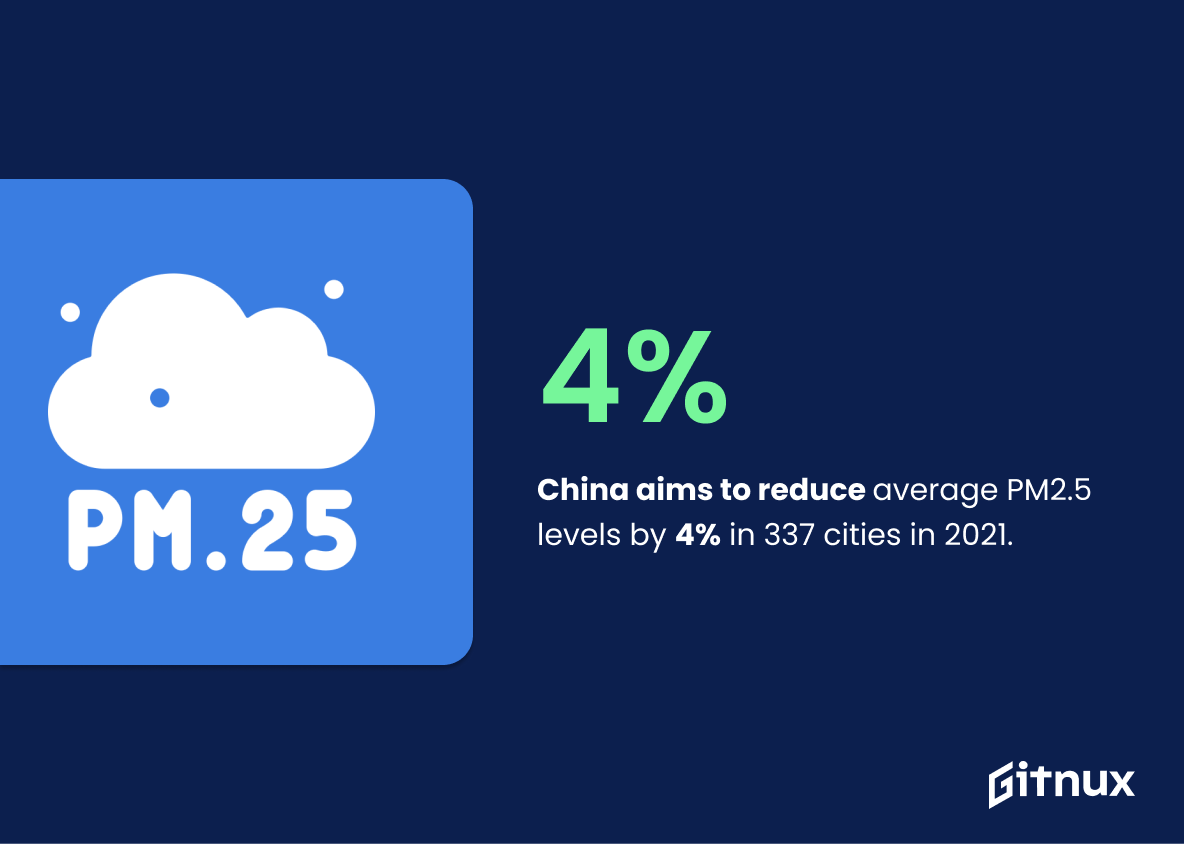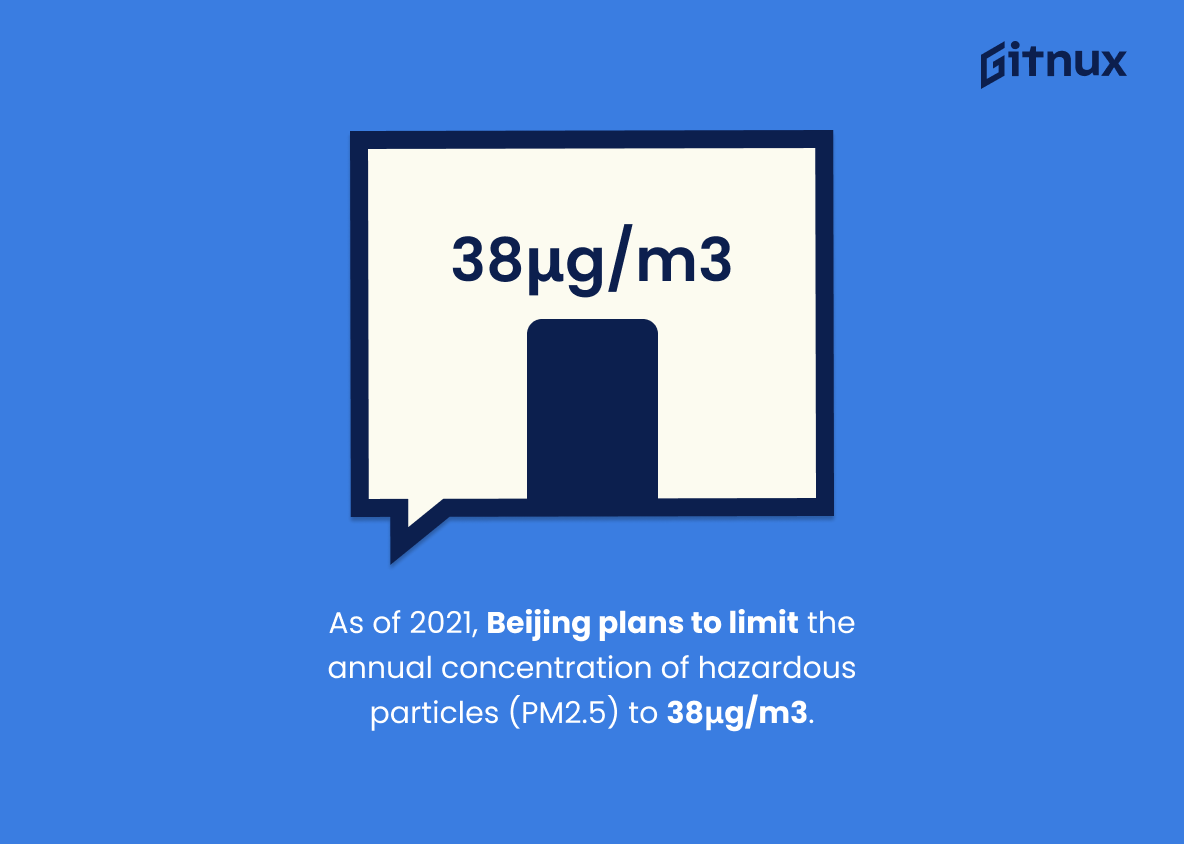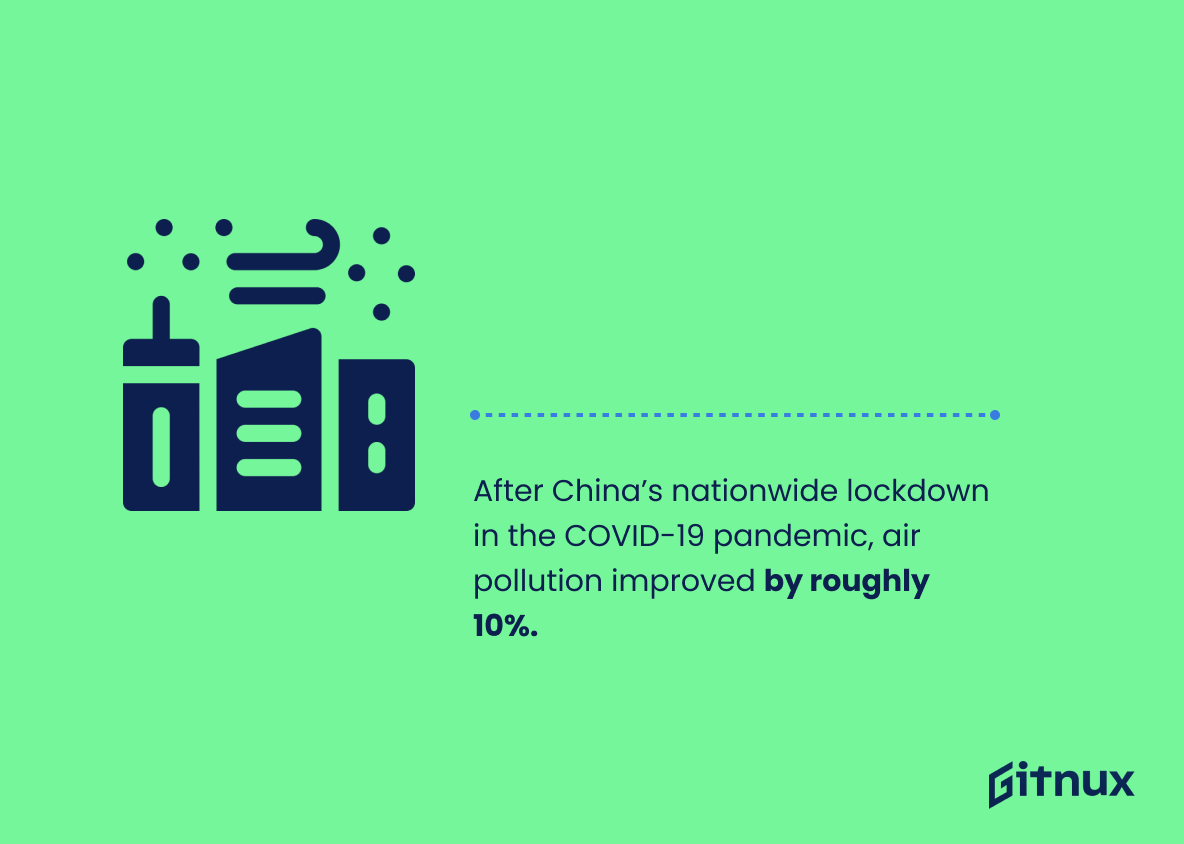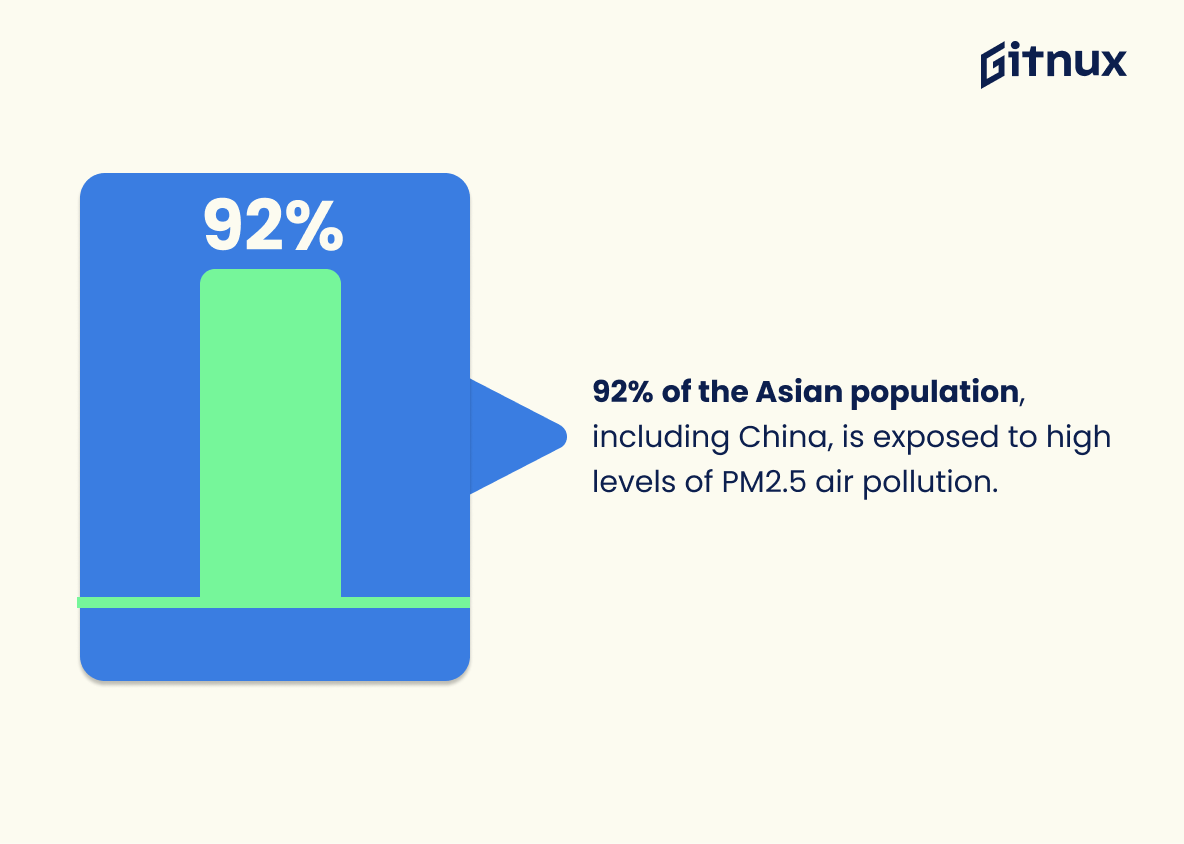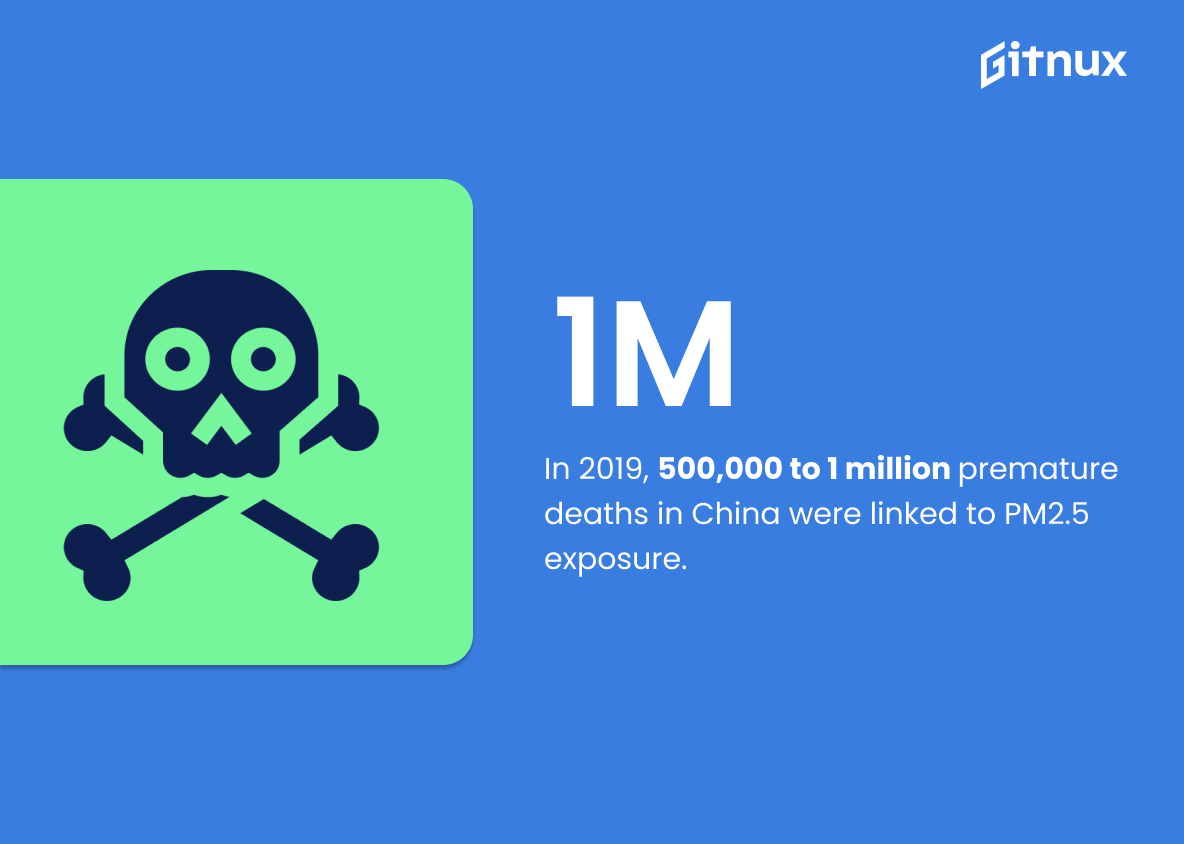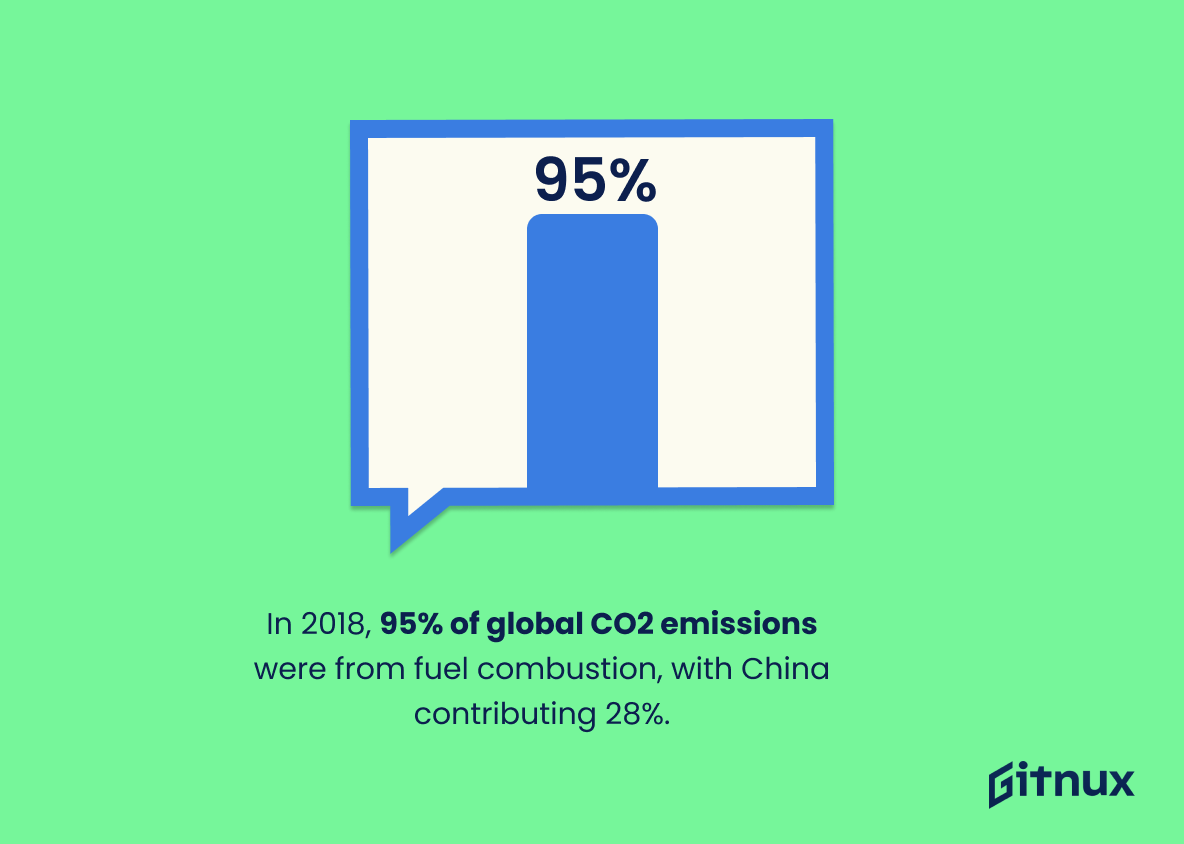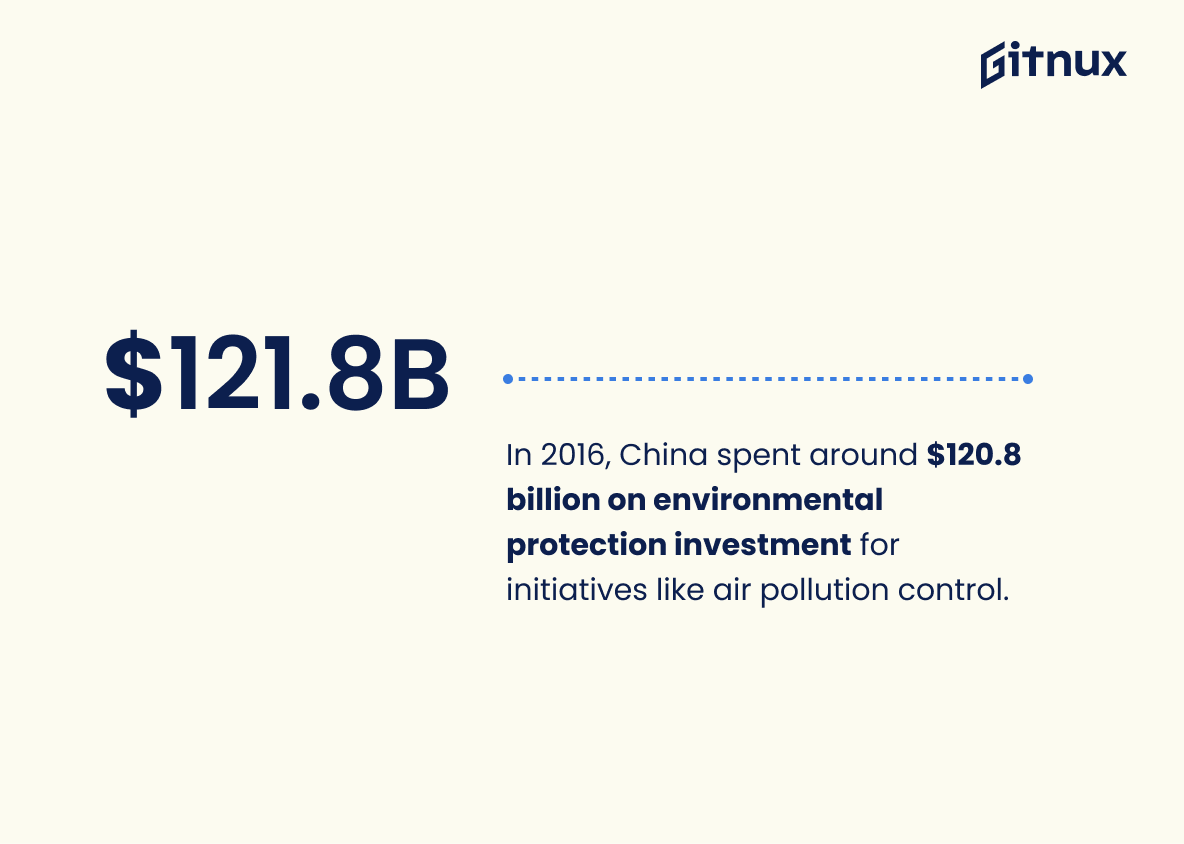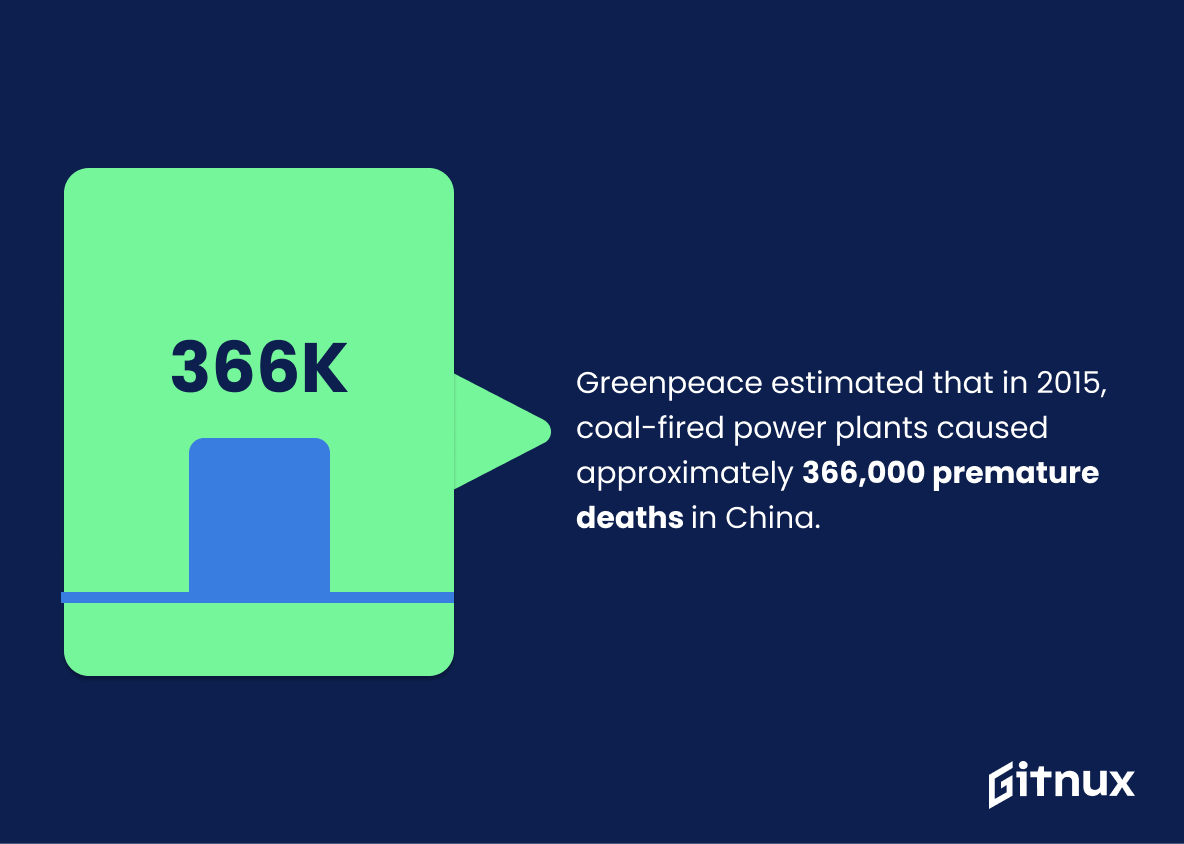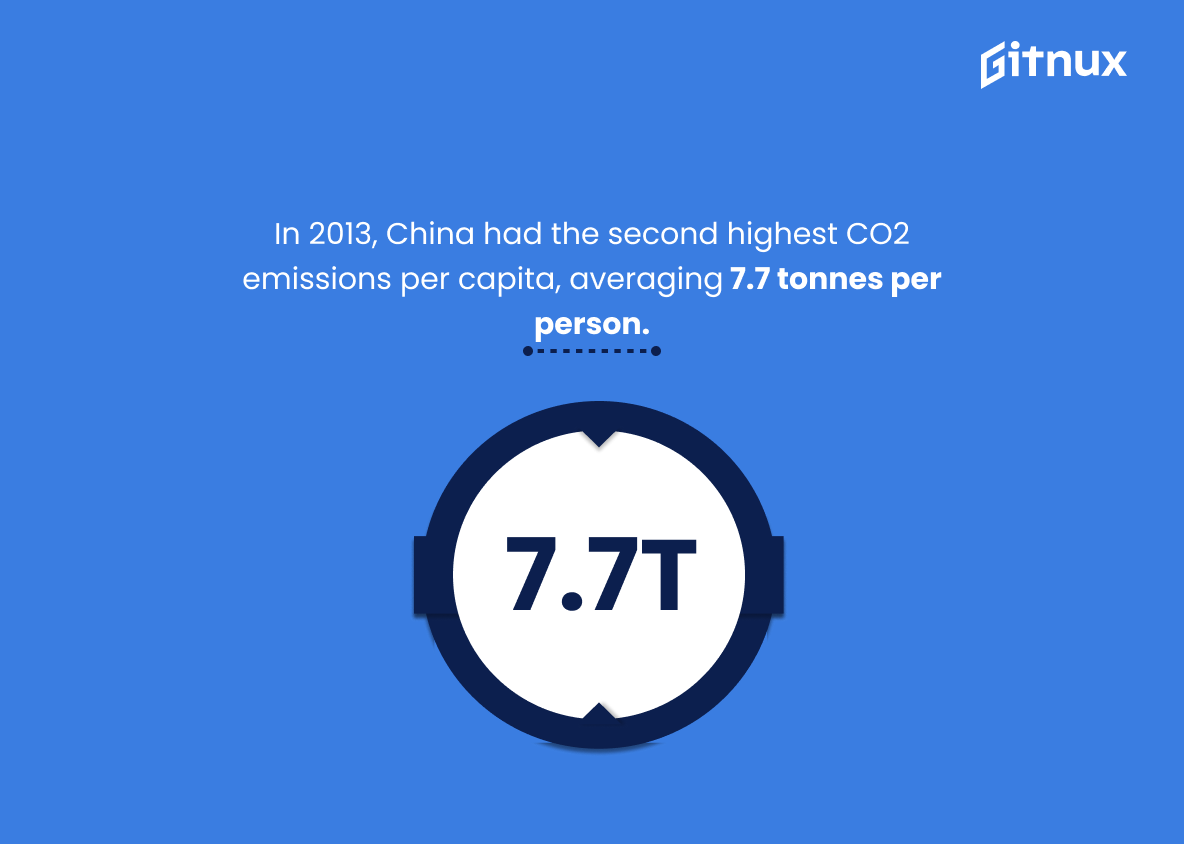Air pollution in China has become a major public health concern, with an estimated 1.6 million deaths annually linked to air pollution-related illnesses. In this blog post, we will explore the statistics and facts surrounding air pollution in China, including its effects on public health and environment as well as initiatives taken by the Chinese government to reduce emissions levels. We will look at data from sources such as The World Health Organization (WHO), Reuters, Our World in Data and more to gain insight into how serious of an issue air pollution is for China today.
Air Pollution In China Statistics Overview
China aims to reduce average PM2.5 levels by 4% in 337 cities in 2021.
This statistic is a testament to the Chinese government’s commitment to tackling air pollution in the country. It shows that they are taking the issue seriously and are willing to put in the effort to reduce the average PM2.5 levels in 337 cities. This is an important step in the right direction and could have a positive impact on the air quality in China.
As of 2021, Beijing plans to limit the annual concentration of hazardous particles (PM2.5) to 38μg/m3.
This statistic is a testament to the importance of air pollution in China, as Beijing is taking steps to reduce the concentration of hazardous particles in the air. It shows that the Chinese government is taking the issue of air pollution seriously and is actively working to improve the air quality in the country. This is a positive step forward in the fight against air pollution in China, and it is a statistic that should be taken seriously.
After China’s nationwide lockdown in the COVID-19 pandemic, air pollution improved by roughly 10%.
This statistic is a testament to the power of collective action in the face of a global crisis. It shows that when the Chinese government took decisive steps to reduce air pollution, the results were immediate and significant. This statistic is a reminder that when we come together to tackle a problem, we can make a real difference.
92% of the Asian population, including China, is exposed to high levels of PM2.5 air pollution.
This statistic is a stark reminder of the severity of air pollution in China and other parts of Asia. It highlights the fact that the majority of the population in this region is exposed to dangerous levels of PM2.5 air pollution, which can have serious health implications. This statistic is an important piece of information to consider when discussing the air pollution crisis in China and other parts of Asia.
In 2017, China’s recorded concentration of PM2.5 was approximately 47 micrograms per cubic meter.
This statistic is a stark reminder of the severity of air pollution in China. It highlights the fact that the concentration of PM2.5 in the air is dangerously high, and that the Chinese government needs to take action to reduce it. It serves as a call to action for citizens to take steps to reduce air pollution and protect their health.
As of 2019, 500000 to 1 million premature deaths in China were attributed to fine particulate matter (PM2.5) exposure.
This statistic is a stark reminder of the devastating effects of air pollution in China. It highlights the magnitude of the problem, with 500000 to 1 million premature deaths attributed to PM2.5 exposure. This is a tragedy that cannot be ignored, and it serves as a call to action to address the issue of air pollution in China.
In 2018, 95% of global CO2 emissions were attributed to fuel combustion, in which China accounted for 28% of total global fuel combustion.
This statistic is a stark reminder of the immense contribution of China to global CO2 emissions. It highlights the need for China to take action to reduce its emissions and the urgency of the situation. It also serves as a warning to other countries that they must take steps to reduce their own emissions in order to prevent further damage to the environment.
In 2016, China spent around $120.8 billion on environmental protection investment for initiatives like air pollution control.
This statistic is a powerful indicator of the commitment China has made to combat air pollution. It demonstrates that the Chinese government is taking the issue seriously and is willing to invest significant resources to address it. This is an important point to make in a blog post about air pollution in China statistics, as it shows that the country is taking action to reduce the problem.
Greenpeace estimated that in 2015, coal-fired power plants caused approximately 366,000 premature deaths in China.
This statistic is a stark reminder of the devastating effects of air pollution in China. It highlights the urgent need for action to be taken to reduce the number of premature deaths caused by coal-fired power plants. It serves as a powerful reminder of the importance of protecting the environment and the health of the people of China.
In 2013, China had the second highest CO2 emissions per capita, averaging 7.7 tonnes per person.
This statistic is a stark reminder of the immense environmental impact of China’s population. It highlights the need for China to take action to reduce its CO2 emissions per capita in order to reduce air pollution and protect the environment.
On average, air pollution levels in Shanghai were 25% above the lowest WHO threshold from 2013-2015.
This statistic is a stark reminder of the severity of air pollution in Shanghai from 2013-2015. It highlights the fact that the air quality in Shanghai was far from meeting the standards set by the World Health Organization, with levels of air pollution being 25% higher than the lowest threshold. This is a concerning statistic that should not be overlooked, as it speaks to the need for greater action to be taken to reduce air pollution in China.
In 2017, nitrogen oxide emissions in China decreased by 21% compared to 2011 levels.
This statistic is a testament to the progress China has made in reducing air pollution. It shows that the country is taking steps to reduce the amount of nitrogen oxide emissions, which are a major contributor to air pollution. This is an encouraging sign that China is taking the issue of air pollution seriously and is making strides to improve the air quality in the country.
Conclusion
The statistics presented in this blog post demonstrate the severity of air pollution in China and its effects on public health. Air pollution is linked to an estimated 1.6 million deaths annually, with outdoor air contributing to 38.2% of stroke-related deaths alone. In 2021, Beijing plans to limit PM2.5 levels while other cities aim for a 4% reduction overall; however, 92% of Asia’s population still faces high exposure rates due to coal consumption and transport emissions that contribute significantly towards premature death tolls each year. Despite some improvements since 2013 such as decreased nitrogen oxide emissions by 21%, economic costs are expected to exceed $1 trillion USD by 2050 if no further action is taken against air pollution in China soon enough.
References
0. – https://www.iea.org
1. – https://www.watson.brown.edu
2. – https://www.iied.org
3. – https://www.statista.com
4. – https://www.caixinglobal.com
5. – https://www.ourworldindata.org
6. – https://www.weforum.org
7. – https://www.unearthed.greenpeace.org
8. – https://www.bbc.com
9. – https://www.nature.com
10. – https://www.stateofglobalair.org
11. – https://www.reuters.com
